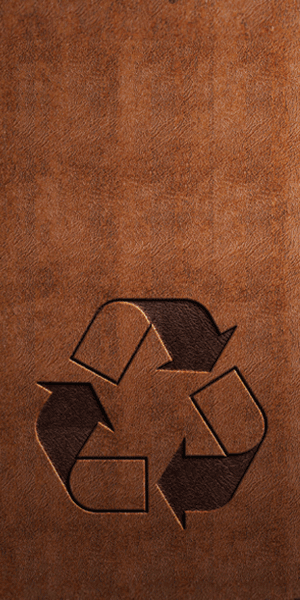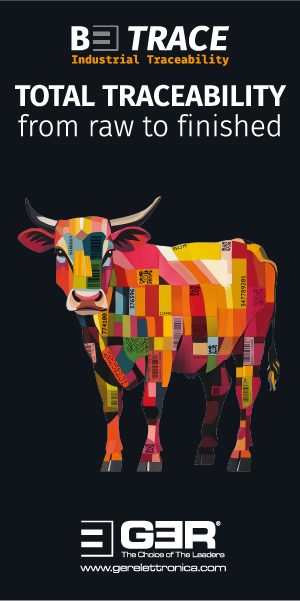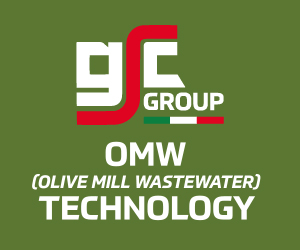Market Intelligence - 27.04.21
Macroeconomics
The focus in the past two weeks has shifted a little bit towards politics.
After China, we have now had Russia flexing its muscles and testing the waters with the West, sending troops to the border to the Ukraine, and engaging in relatively aggressive talk. Diplomatic affairs with the Czech Republic and the US added to this.
The US and its allies are now pulling out of Afghanistan, which is going to destabilise the region.
With regard to the pandemic, the pace of vaccination programmes around the globe continues to pick up and it is reasonable to believe that, by the end of the summer, an adequate immunisation can be achieved. However, we have all learned that everything can be short lived as the number of infections changes.
In the world of economy, China demonstrated a massive rebound after the pandemic and reported an 18.3% rise in the GDP compared to the first quarter of 2020. China is back to almost normal levels and looking at specific industries, such as automotive for example, the steep increase in production and consumption remains impressive.
Commodity prices of many types continue to rise. In particular metals such as copper and aluminium are close to historical highs. Consumer prices have also begun to increase and this is reflected in a 2.6% rise in consumer prices in the US. At the same time, national banks are not yet willing to change their easy-money strategies. Government budgets are in the red and need to be financed. A rise in interest rates could become a very toxic medication.
There are many problems around the global supply chains. Semiconductors remain in the limelight. In particular the automotive industry is reporting more and more production cuts because components are missing. Reliable sources predict that the problem with the present demand situation is going to persist at least into 2022.
By the next consumer season, after the summer, we expect completely different price-tags on many products. How much of the price rise can a be absorbed by manufacturers and retailers and how much general competition can keep consumer prices under control might be one of the big questions to be answered in what remains of 2021.
The US dollar is presently taking a nosedive again. For an objective outsider this is a bit strange, because the US economy is performing significantly better than for example the European one. This would suggest that the performance of the US currency should be better, but the market and investors have a different opinion.
Leather Pipeline
The second quarter of almost every year is one of the most difficult ones to analyse. There are conflicting trends, with North America entering the barbecue season and Europe the end of the winter cooking and its reasonable consumption of beef.
It is still too early to discuss what the brands and the retailers are planning for next season with regard to leather. The leather pipeline in general has now gone into slow gear, decreasing activity mostly until the end of June or July. The Chinese are then the first ones who have to re-enter the market, because of their long lead times. They are usually followed by the Europeans in September and October. While in the past six months the key focus of the leather pipeline was on replenishing raw material inventories, it is now time to convert this into finished product.
Asian tanneries, under the lead of the Chinese, had the money, the chance and the courage to refill their stocks at an early stage; European tanners, mostly grumbling, came late. There is a different purchasing and stock policy in these two parts of the world. Asian tanners depend to a large extent on imports and these only arrive two or three months after purchase. You have to be prepared and have stocks or access to local material to keep your production running.
The large European tanners have been educated by management schools and sometimes by their customers that minimum stock is the best stock. This has created the modern, just-in-time delivery policy, which means that tanners hold a maximum of six weeks’ secure raw material supply. There are deviations and local differences, but on average this is fair comment.
This is reflected in the raw material markets. Coordinated or not, suspicion theories fulfilled or not, Chinese tanners have pulled out of the raw material markets and reduced their purchasing activity significantly. Those who do not see this as a serious threat consider it just to be a question of time until the firm market trend returns, hand-in-hand with the return of the Chinese buyers to the raw material markets.
Producers seem to be decently stocked with still sufficient numbers of containers to arrive within the next 90 days. In Europe the situation is a little different, but the declining kill is meeting a reasonably stable demand, at least for the coming weeks. The risk, which is certainly there, is not big enough to really concern anyone yet.
This is creating the usual stalemate situation, which can last for a while. We have a few wild cards on the table too. One is the uncertain outlook for automotive manufacturing. The order books and sales in China and the US might be good, but if the cars cannot be made, leather cannot be consumed in the upholstery. There are plenty of reports in the media about production cuts in the US, in China, in Europe and in the rest of the world, but nobody is really clear on how many vehicles could be involved. There has been a high level of purchasing and production of automotive leather since last summer. We all know that the supply chain in the automotive industry is tightly managed and ‘off and on’ are extremely close. So far all the big names around the globe continue to produce at high levels. This is justified by the tremendous rebound in car sales in many parts of the world. However, a halt, even if it is because of a lack of components, will put the brakes on quickly. The upcoming summer holidays could then quickly becoming an added factor.
A lot of people are still painting a very rosy picture in the upholstery business. Well, we continue to believe that we are just seeing the end of a really excellent season for furniture leather. It’s too early to know if this will continue into next season. One can hope it will, but we see the massive rise in material prices as one of the major obstacles to this. It is exceptionally difficult to find anyone reporting a rise in leather consumption in the shoe industry. Shoes will always be needed, but the interruption in the supply chain and the fact that there have been no new triggers in trends and fashion make us believe that there is replacement at best.
The shoe business might also be at a very important juncture. In particular in the Western world a lot of the social events have been postponed. Try to get a booking for a wedding in 2022. It’s not easy. However, only when there is a guarantee that family events and other social occasions that require more formal dressing can really take place will we see a substantial gain in the shoe business. We have a lead time of about six months at least. The biggest problem would be if it becomes more and more accepted that white plastic sneakers are an adequate choice to combine with a $2000 dark suit.
The split market continues to be boring. Some product for the leather industry is in constant flow, but there is nothing spectacular on the positive or the negative side. At a certain price, product is moving, but that’s it. Chinese sources are reporting a steep decline in gelatine interest.
In the skins market the activity we saw from Asia in March has faded again. We find it a bit worrying that there is little of the usual excitement around new-season lambskins in Europe. Usually, Turkish customers in particular are extremely excited at the beginning of the season and a lot of deals are made. This year we cannot really trace much of this. In many countries there is still a lot of unsold inventory from last season and ongoing uncertainty about how and when shops are going to reopen.
We do not expect a lot to happen in the raw material market in the coming two weeks. It does not seem to be time for making any fundamental decisions, either by suppliers or by buyers. Tanners find raw material prices too high and prefer to wait in the hope that prices will adjust; raw material suppliers do not feel pushed to secure new sales yet. Both parties are just watching and waiting to see who blinks first. There is very little reason to expect any short-term move; it might be some weeks before either party takes the next decision. We still believe in a correction and would like to see it happen sooner rather than later, to get the air cleaned.












